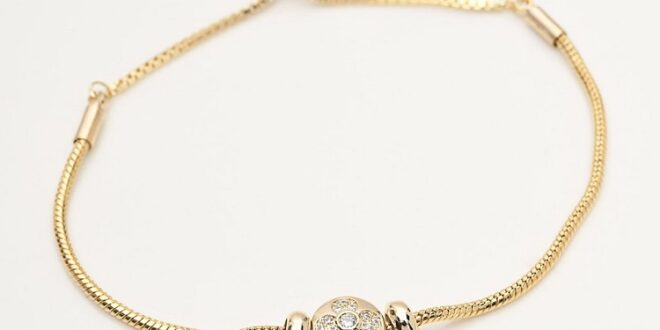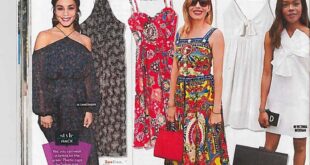Bracelets are among the most versatile forms of jewelry. They come in a wide range of styles and materials so that you can get as creative as you would like with your styling choices.
Bracelets may be delicate or bold, whimsical or classic, subtle or statement pieces, metal or stone, and many such varieties. Whichever type of bracelet or bangle suits your taste, the most important factor before purchasing one is to size it properly. No matter how beautiful the piece or how perfectly it matches your style, an ill-fitting bracelet can spoil the overall effect.
How to Make the Proper-Sized Bracelet
Sizing a bracelet is crucial to choosing the correct fit for your wrist. Sterling silver bracelets, for example, are among the most timeless types of arm jewelry. They are available in a snug or a loose fit, depending on the design and the wearer’s individual taste. The allure of the piece lies in how well it fits your wrist as much as its design.
When faced with multiple choices, it may not be easy to decide the type of fit for the type or style you would like to purchase. While beaded or cuff bracelets are best worn snugly on the wrist, charm bracelets and bangles look best when allowed to dangle loosely.
Once you know the type of fit you would like, you can proceed to measure your wrist to determine the right bracelet size. The sizing process differs slightly between bracelets and bangles.
If you know your bracelet measurement already, you can provide it to the jeweler at the time of purchase. However, standardized charts provide approximate sizes like small, medium, and large, so taking your own measurements will give you a more accurate sizing.
How to Measure for Bracelet Size
The bracelet size is the wrist circumference at the point where your bracelet sits on your wrist. The corresponding bracelet measurement in the chart is the bracelet diameter. Children’s bracelet sizes are determined by age range, women’s sizes range from petite to plus-size and men’s sizes range from small to plus-size.
You can use flexible tape or plain paper to measure your wrist circumference. Wind the tape or paper once around the wrist and note the measurement at the point at which they meet.
For paper, you can mark that point and then measure the length with a tape or a ruler. Now you need to convert this to a bracelet size. For a snug fit, add ¼ to ½ inch to the wrist circumference and you get the corresponding bracelet size. For a medium or comfortable fit, add ¾ to 1 inch, and for a loose fit, add 1and ¼ inch.
Once you know the corresponding bracelet size, you can determine the category into which that size falls and choose one from there.
How to Measure for Bangle Size
As opposed to bracelets, bangles are mostly slip-on style. They do not come with clasps to open them and are thereby less flexible. This makes the process of sizing for a bangle a little different from a bracelet.
For a bangle, you need to gather your fingers into a point while keeping them straight. Now, measure your hand at the widest point around the knuckles. This will provide you with your bangle size. You can then refer to a chart, which gives you the corresponding diameter or size for a bangle.
It is recommended that you choose a bangle size that is one size higher in diameter, for a more comfortable and aesthetic fit.
Whatever your size, fitting preference, or taste, by accurately measuring your wrist or hand, you can choose the right size of bracelet or bangle. So browse the varieties of stone or silver bracelets that are available and choose the one that suits you and fits you best.
 HammBurg Be informed with latest news, reviews, entertainment, lifestyle tips, and much more.
HammBurg Be informed with latest news, reviews, entertainment, lifestyle tips, and much more.




